
Aromatherapy involves essential oils extracted from plants, herbs, flowers, tree barks and roots in order to enhance one’s mood and health through direct application on the skin and/or through inhalation. Essential oils are not recommended for use in their pure…
Aromatherapy involves essential oils extracted from plants, herbs, flowers, tree barks and roots in order to enhance one’s mood and health through direct application on the skin and/or through inhalation.
Essential oils are not recommended for use in their pure concentrated form because they are very powerful and can cause more harm than benefit. Here are some aromatherapy blending basics that will help you create your own unique scents at home as and when you desire.
Essential Rules
Aromatherapy blending is achieved by first and foremost determining the base. The main types to consider are floral, spicy, woody, medicinal, herbaceous and oriental. After you have determined what the base will be you need to decide on the use you are going to have from the aromatherapy blending you are about to prepare. Some of the common uses include medical purposes such as relieving cough, massage or simply to enhance the aroma in a room.
The base essential oil in any aromatherapy blending should be anywhere from 1 to 3 per cent depending on how strong you want the scent to be and/or the reaction you want to obtain in a healing purpose. A good way to measure is through drops; for example 3 drops of base essential oil for a 10 ml bottle is a safe place to start.
Be Creative
While attempting aromatherapy blending be creative but remember that certain oils don’t mix well and/or will produce a fragrance that you may not be able to use. For example, if you mix earthy essential oils with mint or if you mix two strong scents, they will end up covering one another in the process.
The best way to get a good result from aromatherapy blending even when you get creative is to test a small amount first on a blotting paper and not your skin because sometimes essential oils can burn your skin when applied in a concentrated form.
Blending Resources
Specialized stores, books and many guidelines found on the internet can help you try new aromatherapy blending recipes that have been tested before or at least help you understand the types of herbs that you want to use before mixing their essential oils.
The benefits of aromatherapy are enormous from uplifting your spirits to relieving stress, pains and aches from muscles and bones. You can use aromatherapy in the form of candles, burners, in your bath or as a spray.The Basics of Blending Essential Oils



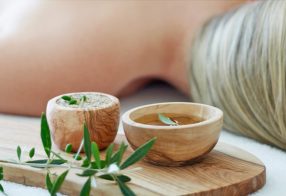

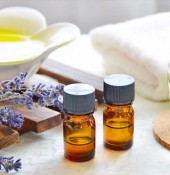

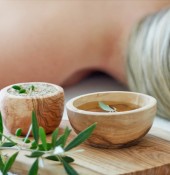
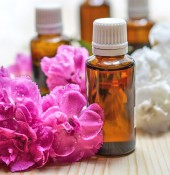
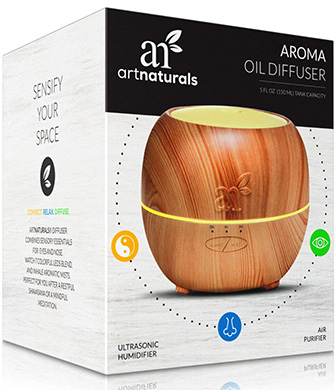

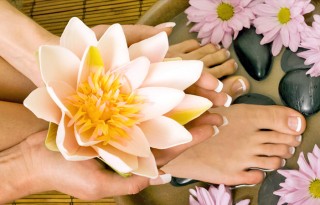
Leave a comment